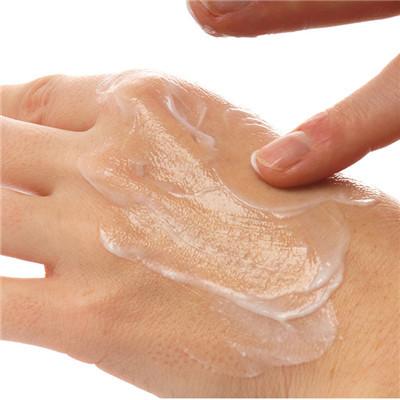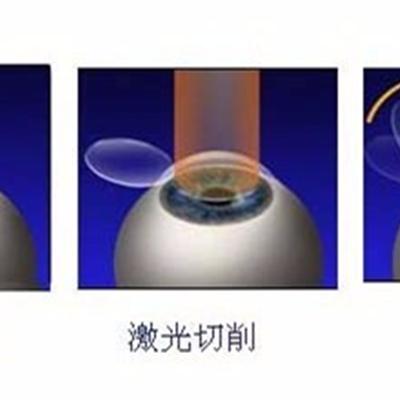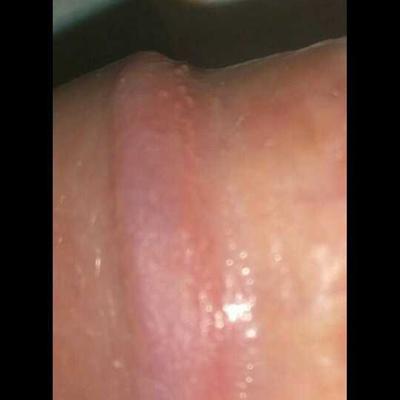How to diagnose tubal inflammation
summary
I have been pregnant for more than two years, but I have never been pregnant, and my husband's sex has never taken any contraceptive measures, later we both went to the hospital to do the corresponding examination, I did the fallopian tube fluid test, but the fallopian tube is blocked, for patients with this disease should be treated as soon as possible, now I will talk about how to diagnose the fallopian tube inflammation Let me tell you a question.
How to diagnose tubal inflammation
First: hysterosalpingography: when the patient's condition is mild or there is no other cause of infertility, this examination is the first choice. By injecting proper amount of high specific gravity substances (such as classical agent, meglumine diatrizoate, etc.) into the uterus through the cervical tube, the cavity tube can be developed, and further observation with X-ray film can clearly show the abnormality of fallopian tube, which is a fast, economic and less dangerous examination.

Second: salpingoscopy: during the examination, a kind of rigid salpingoscopy is transported to the fallopian tube to observe the mucosa and patency of the lumen tube, and then abnormalities can be found. However, there are strict requirements on the quality of salpingoscopy, so it is not widely used at present.

Third: laparoscopy: inject methylene blue solution into the uterine cavity through the uterine catheter, and observe whether the solution can smoothly pass through the umbrella end of the fallopian tube through laparoscopy, so as to understand the degree of tubal blockage. If no methylene blue solution overflows into the abdominal cavity through the umbrella end, it indicates proximal tubal obstruction (that is, between the interstitial part and isthmus of the fallopian tube); if the umbrella end and ampulla of the fallopian tube are dilated, thickened and blue stained, it indicates distal tubal obstruction. It is the gold standard for the diagnosis of this disease, but it is only suitable for those with abnormal findings of salpingography or fluid flow.

matters needing attention
For the diet of patients with tubal obstruction, not only to maintain the metabolic balance of patients, but also to provide a variety of nutrients for the recovery of the function of patients' organs. Daily staple food should be rich in vitamin B and trace elements of coarse grains.
















